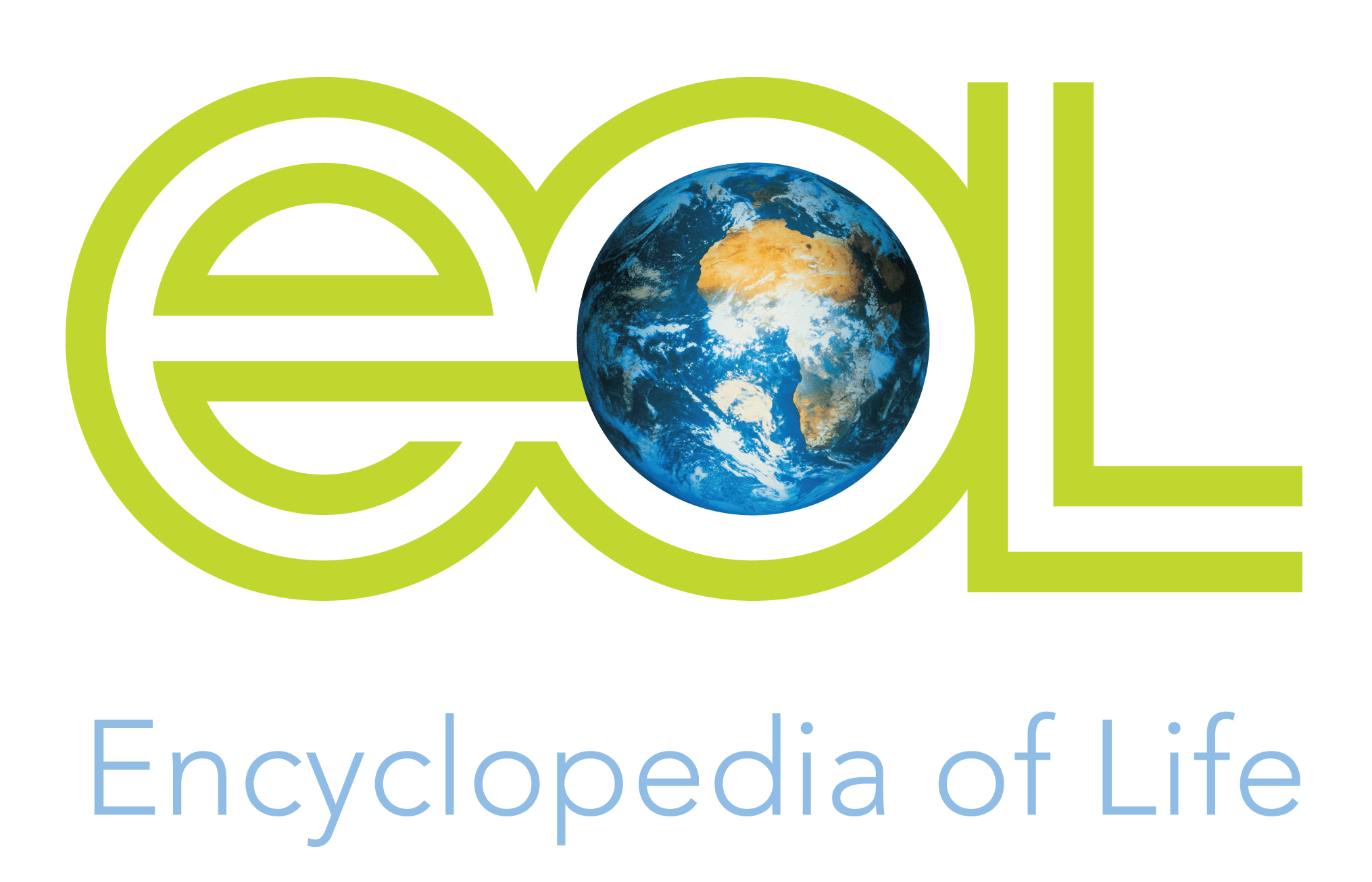habitat_narrative
Terrestrial
The Pygmy Rock Mouse occurs within rocky outcrops or koppies in arid and semi-arid shrubland (Monadjem et al. 2015). It prefers vegetated areas or overhangs and cracks in the rocks, which provide shelter (Withers 1979) and allow for predation avoidance (Brown et al. 1998). Breytenbach (1982) documents its preference for succulent Portulacaria afra shrubland in the southern portion of its range (Swartberg, Western Cape). The average body mass of Petromyscus collinus is 19.88 ± 1.04 g (n = 8) (Bragg 2000).During the summers in the Namib Desert, this well-adapted, nocturnal species will undergo torpor, lowering its body temperature in order to limit water loss (Withers et al. 1980) and conserve energy (Bragg 2000). Although individuals are capable of entering torpor in winter-acclimated laboratory conditions, this proved energetically risky for them and they had difficulty arousing. It is likely that the species depends on natural ambient temperature cycles to aid its arousal in the field, and may use torpor more frequently in the summer rather than winter as a means of energy-conserving adaptations to the spatially and temporally unpredictable environment of deserts. From laboratory records, it is presumed that in the wild this species is predominantly granivorous (Skinner & Chimimba 2005). Withers (1979) noted that it was an opportunistic feeder, incorporating insects (which have c. 70% water content) and plant material into its diet. Brown et al. (1998) recorded Pygmy Rock Mouse feeding on seeds deposited in the faecal pellets of hyraxes (that feed extensively away from the koppies), and insects or arthropods, which themselves were feeding on the faecal pellets. In the Namib Desert, Pygmy Rock Mice breed seasonally, and only in the presence of fog, producing one litter each summer, usually of 2â4 young with a high survival rate (Withers 1983; Bragg 2000).
Ecosystem and cultural services: This species probably contributes towards seed dispersal in the semi-arid Succulent Karoo Biome of South Africa and, similar to other nocturnal rodents, may form a valuable prey species for nocturnal aerial predators, as well as several relatively sedentary reptile and mammal species (Coetzee 2013). Since they seem to utilise hyrax faeces as a food source, an obligate relationship might exist between the two species. They may also control some associated insect populations.

